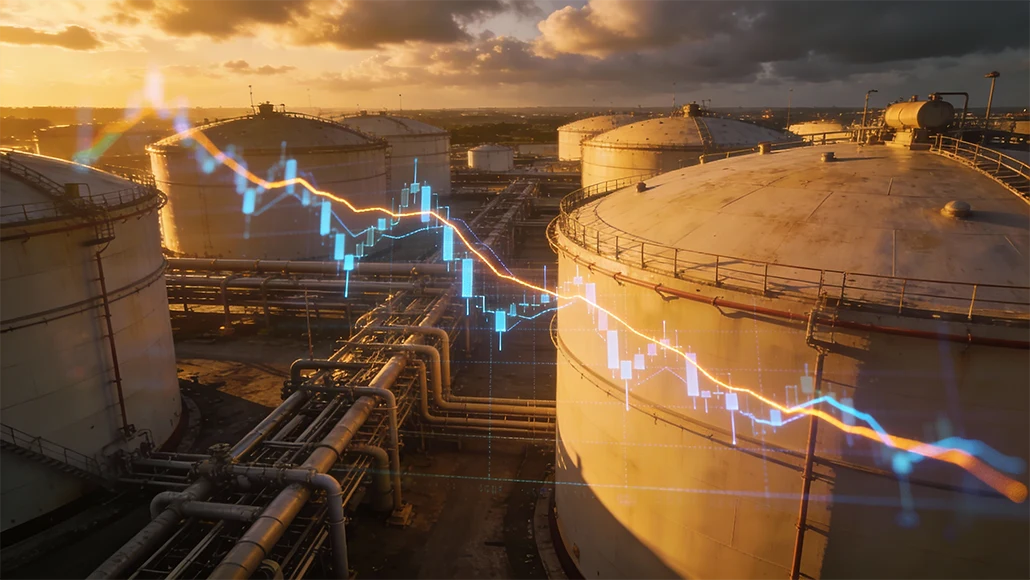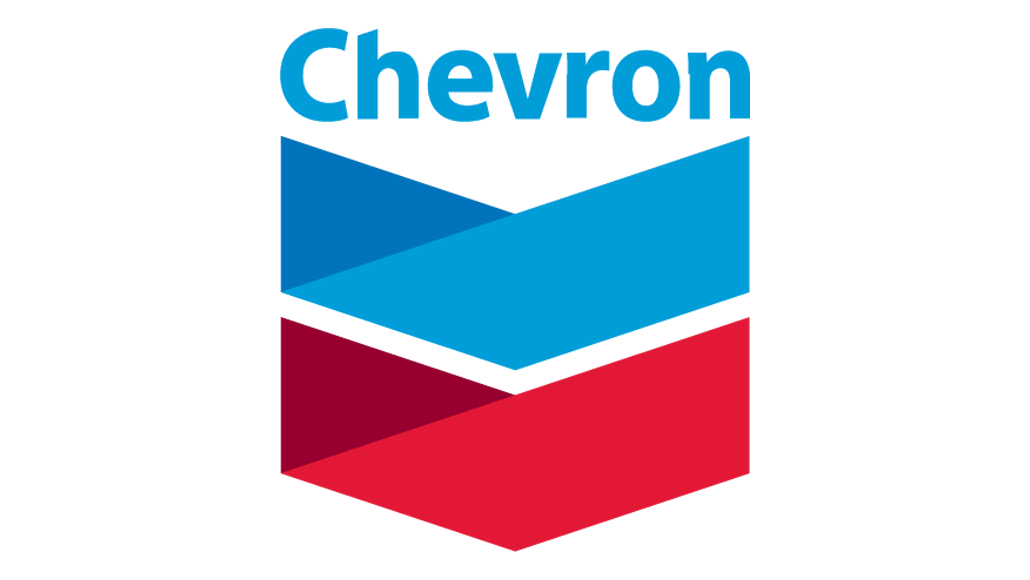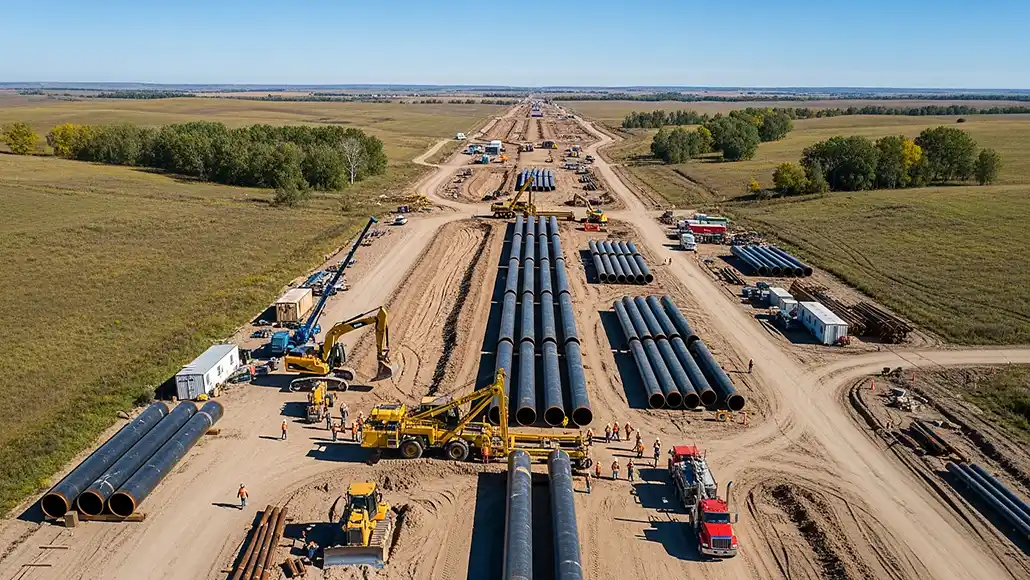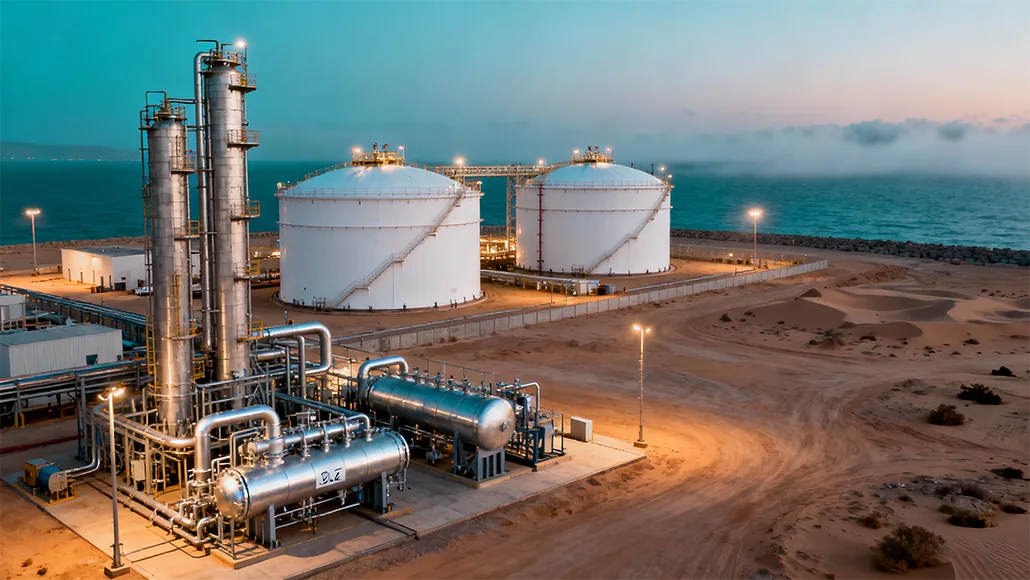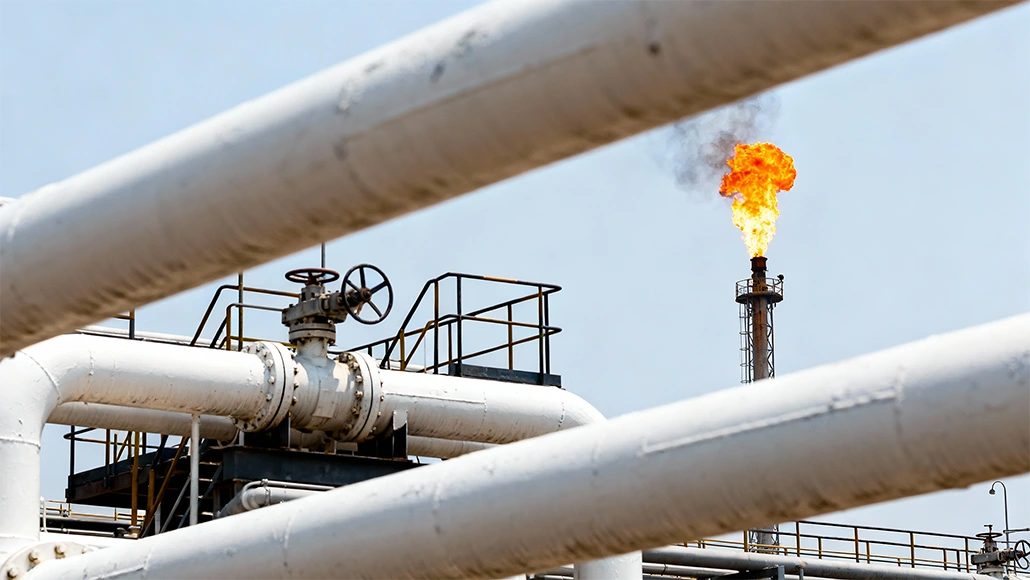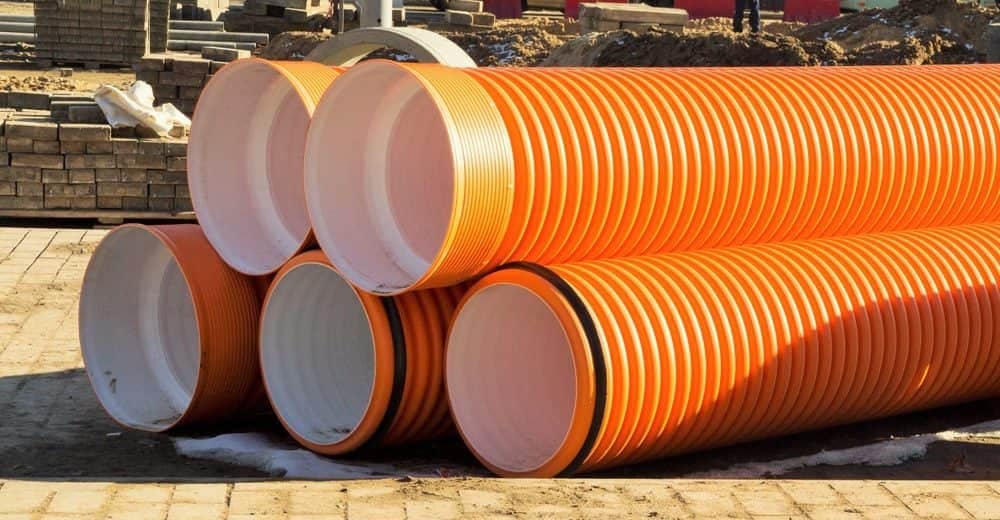Since its earliest days, the oil industry has struggled to alter the composition and behavior of crude in ways that would allow for faster movement through the flow stream to the refinery. The advent of production additives, designed to perform very specific functions such as fluidification, pipeline drag reduction, demulsification, cleaning and recuperation, has led to great strides in operational efficiency. But the use of these helper chemicals has also, in many cases, presented a whole new set of challenges, including increased costs and adverse environmental impact.
In response to these challenges, a new class of production additives has emerged. With properties described as “anionic/non-ionic,†these additives are capable of becoming part of the crude’s chemistry and performing their intended functions, even at fluctuating temperatures and pressures. Coupled with the right additive plan, these new, “greener†solvents have the potential to address health, safety and environmental (HSE) issues while offering significant opportunities for productivity improvement.
While it’s impossible to historically pinpoint the inaugural use of production additives in the cutting of crude for commercial purposes, it is safe to say the partnership has been a very long and lasting one. In fact, some form of additive is likely to have played a role in every major processing milestone over the last 150 years. From James Young’s first known distillation of kerosene in 1847 as a substitute for whale oil in lamps, to the operation of the first commercial U.S. oil well (Pennsylvania’s Drake well) in 1859, there are many early indicators of a recognized need for solvents capable of wrestling crude oil into usable products for profit.
Additive Reasoning
As any modern oil industry professional from roughneck to refinery manager knows, handling heavy and extra-heavy crude can be an extremely difficult proposition. In its natural state, the substance is typically under tremendous pressure, and it is often just one part of a hot, roiling mixture of gases, saline water and other components.
To make matters worse, when the crude oil loses temperature in pipes, pipelines or tanks, its organic solvents evaporate, causing an increase in viscosity which presents serious extraction and transport issues. These are the fundamental drivers behind the development and consistent evolution of production additives, or “specialty chemicals,†which have been engineered to target specific problems associated with crude oil. Some of these chemicals, for example, work to alter the thixotropic properties of the oil to achieve a lower kinematic viscosity (in a process known as fluidification). Still others are formulated to maintain a strict hydrophilic-lipophilic balance (demulsification). Any point at which the crude slows down is considered an area of “parasitic loss,†and a good candidate for the chemical help that additives can offer.
The Solvent Remains the Same
In those early days of oil production, it was discovered that adding hexane-based solvents, such as naphtha, facilitated more successful, more profitable management of crude. These solvents, in their progression of chemistries and formulations, eventually became part of a specialty chemical additive methodology that encompassed five critical crude handling areas: production, flow stream delivery, refinery, environment and commercial product performance enhancement.
Aided by advances in research, computer technology, chemistry and engineering, the processes associated with finding, producing, delivering and refining crude oil have accelerated exponentially in the last few decades. Surprisingly, however, hexane has remained the principal base additive used during every stage, from fluidification of the crude oil mass, movement from the production well through the flow stream into storage tanks and tankers by sea/truck/rail to the refinery, to cutting wax/paraffin/asphaltene build-ups, dewatering and cleaning tanks and tankers.
The Hexane Compromise
Although many of the world’s production facilities continue to use hexane-based naphtha for dilution and fluidification of crude oil with acceptable overall results, it is widely understood that the practice has inherent financial and environmental compromises. Among the most obvious of these is that naphtha evaporates, which means it leaves the crude oil with its original properties, but virtually disappears in the process. Large quantities of the solvent must be added during the process to offset evaporative losses that could compromise performance.
In addition, there’s the indirect cost factor. Derived as precipitates of the refinery stack heating process used to convert crude to petroleum, naphtha and other hexane-based solvents actually begin their life as “free†assets, or by-products that just happen to work better as production additives than in almost any other viable commercial use. While this sounds serendipitous, the solvents must be captured at the refinery, bottled and shipped safely to a place of use at the extraction well, in pipelines or storage tanks. And the costs associated with these logistics can quickly add up.
HSE risks are another major concern with hexane solvents. They are highly flammable/explosive, and any exposure to them can represent a serious health hazard. They can cause skin burns, cancer and, due to their ability to bond at a cellular level, even birth defects. There have also been documented cases of naphtha shipments being rejected due to lead contamination.
For these reasons, naphtha and other low-cost/no-cost hexane-based solvents can actually end up being the most expensive fractions of the distillate. This is especially true in light of the fact that such a high dosage (between 10 and 20% of the crude mix on average) must be added to get the job done.



